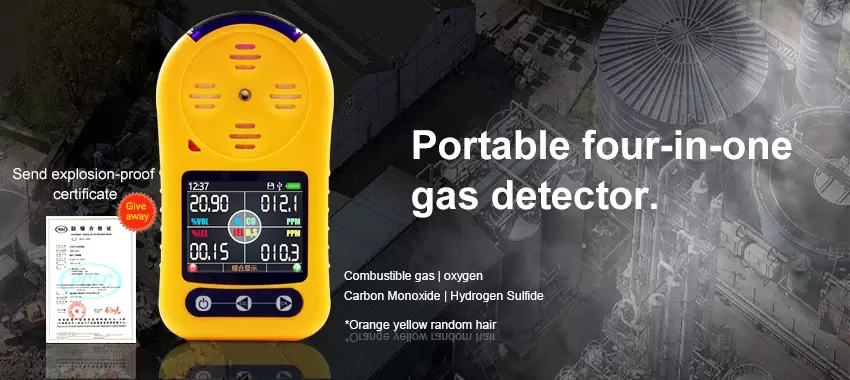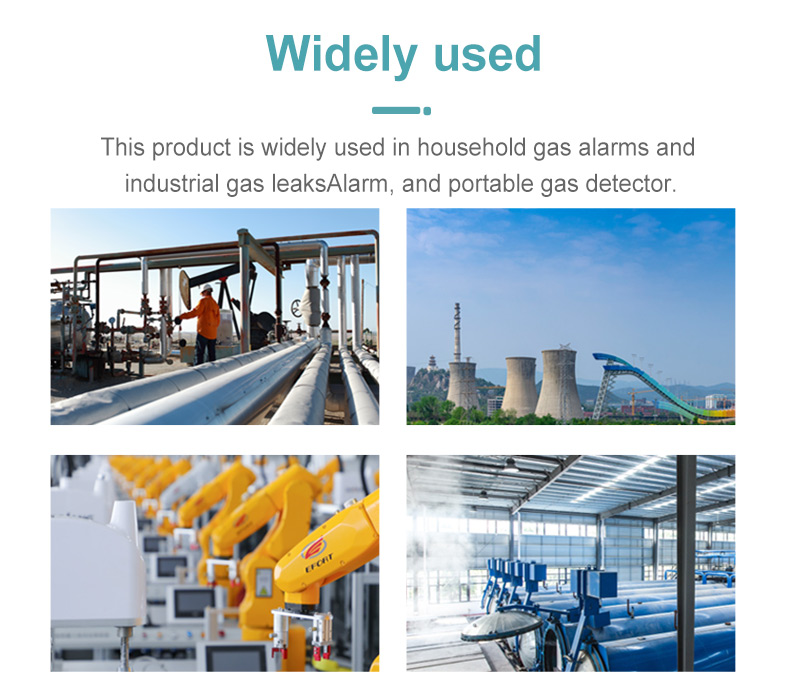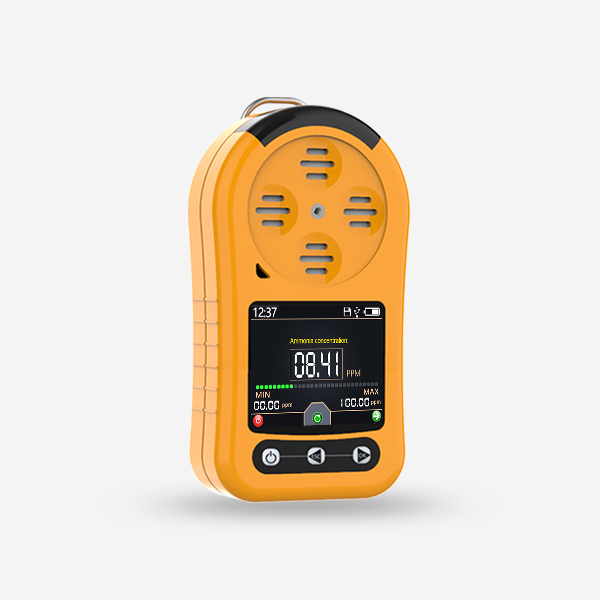This article provides a brief introduction to the various toxic gas detector used to detect these toxic substances. Factories that produce chemicals, fertilizers and petroleum products must deal with a variety of toxic chemicals in their daily operations. Most of these toxic chemicals are in the form of gases or vapors.

The example we used was a detector for detecting highly toxic hydrogen sulfide gas. These detectors are also known in industry simply as H2S detectors.
Why use toxic gas detectors?
Toxic Gas detectors are mainlyToxic gas detector detects the presence of harmful gases and vapors. These detectors are also what we call toxic gas monitors. The two terms are interchangeable and mean the same thing.

These gas monitors enable workers working in factories with these toxic gases to protect themselves from exposure. One of the most common harmful chemicals is hydrogen sulfide. The gas, which smells like rotten eggs, is highly toxic even in low concentrations. At lower concentrations, the human nose can sense an “unpleasant odor,” whereas, paradoxically, at higher concentrations, the human nose does not have any odor, as the human nose becomes desensitized.
So, a worker who accidentally walks into hydrogen sulfide gas won’t notice anything unusual ! Therefore, it is essential to use good, working toxic gas monitors in these places to protect workers from accidental exposure.
For example, consider a process vessel in a chemical processing plant that normally contains Hydrogen sulfide gas. In normal operations this vessel will be tightly sealed and no Hydrogen Sulfide can escape. However, in case the vessel sealing does not work (for example, a flange on one of the inlet pipes leaks), then, it is likely that this Hydrogen Sulfide gas can leak out and harm the workers who operate the vessel or are in the nearby area.
To prevent this, install a toxic gas detector near the vessel that can measure hydrogen sulfide gas. Whenever it detects a dangerous level of Hydrogen Sulfide, it will give out a warning alarm.
Types of toxic gas detectors
There are There are various technoloogies that are used to make toxic gas detectors. Also these instruments are available in various forms, like fixed, portable or pocket types. There are different sensors that detect different types of toxic gases. Some types of sensors can detect a variety of different gases, others can detect only one type of gas.

Fixed toxic gas detectors
These are very commonly found in large manufacturing plants and similar facilities. Each fixed gas detector is mounted at a place where it is very likely to sense the toxic gas, in case of a leak. The detector may or may not have a local display that shows the concentration of the gas. Each detector is connected via cables to a central system, that is monitored by plant personnel. In case of a leak this panel will generate alarms to warn the operators about the dangers and may also carry out any interlock actions (like triggering closure of valves or initiating a shutdown).

Portable toxic gas detectors
Workers use portable gas monitors to scan work areas to see if any toxic gases lurk in the area. These detectors are hand-held gas detectors. These detectors are usually battery powered and have a display with a buzzer and indicator light to warn the operator if toxic gas is detected at dangerous levels. They may have their own inbuilt sampling pumps, to draw air into the sensor. Some variants also store data, to calculate time weighted average values, peak values and other important data for regulatory compliance.